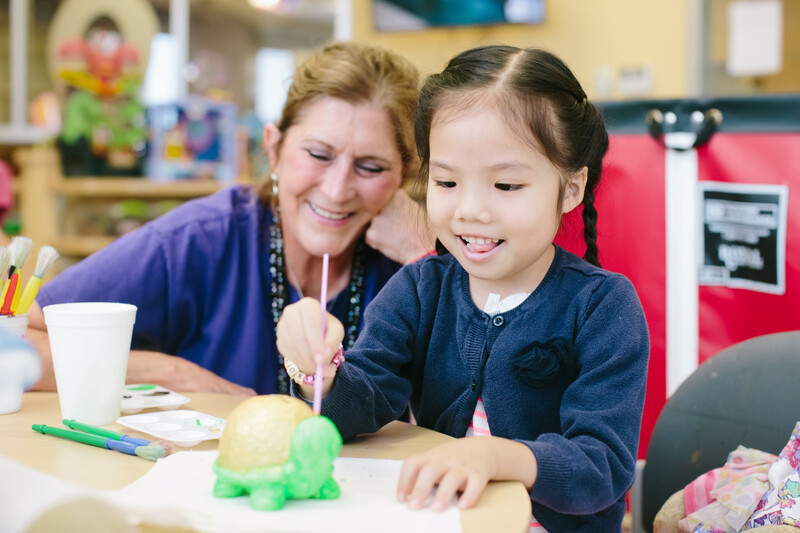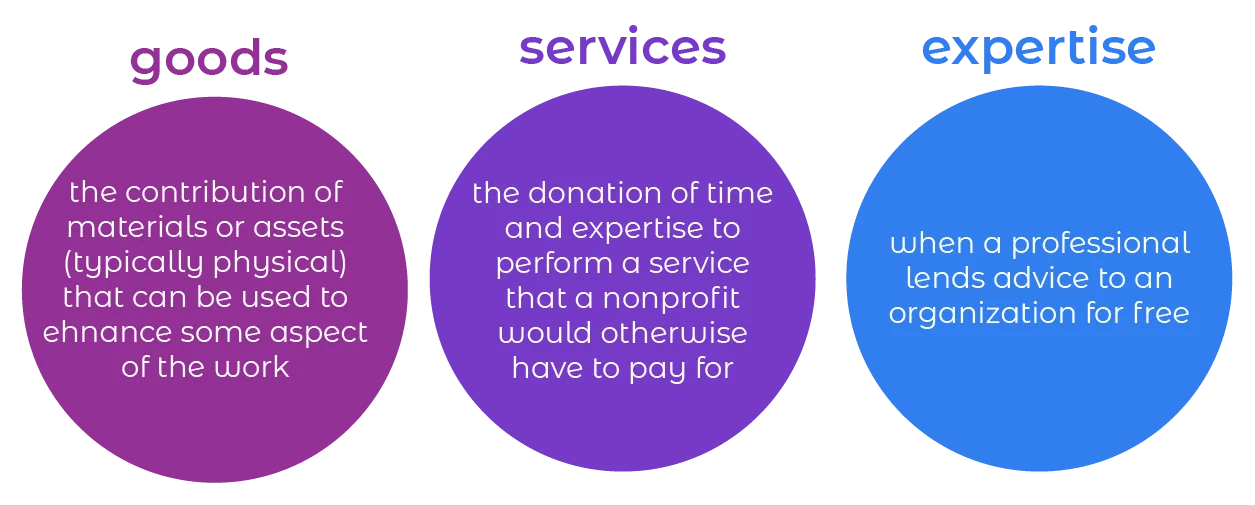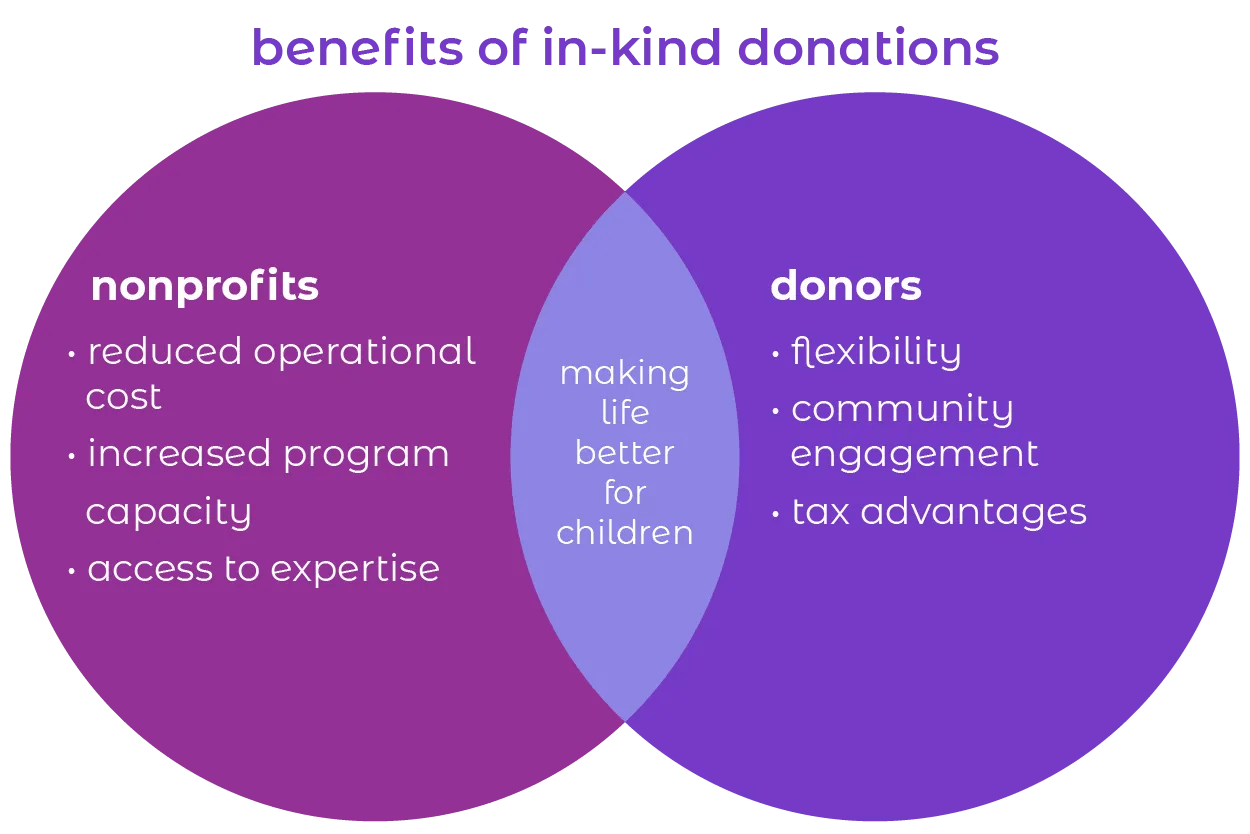
What Is An In-Kind Donation? A Giving Guide for Nonprofit Supporters
In-kind donations, also known as gifts in kind or in-kind contributions, are non-cash donations like goods and services provided to nonprofit organizations.
At Children’s Health ℠, these donations are just as impactful as monetary gifts inhelping distract patients during medical procedures and create playful, healing moments throughout their care journey.
For example, if a donor provides a large number of art supplies, Children’s Health can use them to support creative therapy programs, helping children express themselves and find comfort during their hospital stay. Contributions large and small continue to make a difference in the lives of our patients and families.
What are the Different Types of In-Kind Donations?
In-kind donations fall into three main categories: goods, services and expertise. Basically, they are gifts that aren’t money.

Goods
An in-kind donation of goods refers to the contribution of materials or assets (typically physical) that nonprofits can use to enhance some aspect of their work. Some common examples include:
Light up musical toys
Books (board books, picture books, graphic novels, YA fiction)
Boar soap, body wash
Feminine Hygiene products
Batteries
Game systems
Clothing (t-shirts, underwear, socks, etc.)
Fidget Toys
Games (Uno, playing cards, board games)
Action Figures, dolls, Barbies
Stress Balls
Play-Doh
Services
Some individuals or organizations may choose to contribute their time and expertise to perform a service or volunteer in kind services to make a hand-crafted items. Children’s Health is always in need of crafty community members to hand craft items needed for our patients. Some examples include:
Beads of Courage Bags
Blankets for kids
Positioning aid cover for NICU
G-tube pads
Expertise
An expertise donation refers to when a professional lends advice to an organization for free. This advice could include tax advice, event planning or another form of knowledge. The best way to give this in kind contribution at Children’s Health is to join our Advisor Advocacy Alliance. This network of dedicated advisors represent some of the most mission-centric community advisors from the following areas:
Banking
wealth management
financial and tax advising
law
investment
other client-based industries
Benefits of In-Kind Donations
In-kind donations make a meaningful difference for nonprofits of all sizes. These contributions help provide essential goods and services allowing resources to be allocated to other vital programs. In the following sections, we’ll explore the impact of in-kind donations on both recipients and donors, highlighting how these gifts make a difference in the lives of many.

Benefits of In-Kind Donations for Nonprofits
In-kind donations help nonprofits like Children’s Health access items that directly impact the communities we serve. These in-kind donations help nonprofits go above and beyond for their communities and free up resources to be directed toward services and programs. Benefits for nonprofits include:
Reduced operational costs – in-kind donations provide significant cost savings by reducing the need for nonprofits to purchase goods or pay for services on their own. By accepting items like toys, clothing and books, organizations, like Children’s Health, can stretch their budgets further allocating more funds toward core programs.
Increased Program Capacity – in-kind donations directly contribute to the success of nonprofit programs by providing the necessary goods and services that support operational needs.
Access to expertise – professionals who lend advice to nonprofits also provide significant cost savings by reducing the need for the organization to pay for these services. Not only does it save money, it allows professionals to give back to organizations that they care about.
Benefits of In-Kind Donations for Donors
In-kind donations allow people to give even when it’s challenging to donate money, by contributing unopened items they may already have at home (such as toys, crafts and board games). These donations can often be used immediately, bringing comfort and joy to patients and families. They also free up hospital funds to be directed toward vital programs and services, ensuring that every donation has a meaningful impact.
Flexibility – for donors, in-kind donations provide flexibility in giving, allowing those who may not have cash to contribute their time, skills or goods. These donations provide donors with a wider range of options to contribute in a way that is still meaningful to the donor.
Community engagement – donating in-kind allows donors to directly connect with the nonprofit and its beneficiaries, fostering a sense of community involvement.
Tax Advantage – donations of property (not services) are often tax-deductible, providing a financial incentive for donors.
Tax Deductible Benefits of In-Kind Donations
In-kind gifts can be tax deductible if they meet specific requirements. The IRS views an in-kind donation as a contribution and calculates it according to its market value. Donations to registered 501(c)(3) nonprofits are eligible for a deduction.
In-Kind donations, or noncash contributions, are subject to specific IRS rules for both donors and recipient organizations. The IRS rules for in-kind donations include:
ensure the nonprofit is qualified
get proper documentation
determine the Fair Market Value
be prepared to file the appropriate IRS forms (8283)
Consult a tax professional or IRS publications like Publication 526![]() and Publication 561
and Publication 561![]() for more details.
for more details.
What In-Kind Donations Does Children’s Health Need?
In-kind donations help to support staff, patients and families at Children’s Health. Gifts in kind directly support our patient families by offering resources like games, toys, books and personal amenities, all of which help make life better for children.
These items bring joy and comfort to patients, helping to celebrate milestones, offer play and distraction and make the hospital environment as comfortable and enjoyable as possible.
In-Kind Donations Needed by Children’s Health
Check out our most needed items for our Dallas (pdf) and Plano (pdf) campuses. Generally, we are always in need of:
Light-up musical toys
Teethers and rattles for sensory development
Popular board games
Batteries of all sizes for powering toys and devices
Crayons, markers, and individual art kits for self-expression
Travel-sized toiletries (body wash, shampoo, deodorant) for families in need
What to Consider Before Making an In-Kind Donation?
There are some considerations to make before making an in-kind donation:
Read the donations and distribution policy of our nonprofit organization. This helps donors know what items we can and cannot accept.
For example, for the safety of our patients, all items must be in new, unused, in its original packaging and latex free.
Check out the many Children’s Health Amazon wish lists to see the current needed items.
In-kind gifts ordered through Amazon will ship directly to the campus and program of your choice.
Lists for each campus of our most-needed items are updated on a quarterly basis.
Frequently Asked Questions About In-Kind Donations
What is the difference between a donation and an in-kind donation?
Gifts in kind, also referred to as in-kind donations, is a kind of charitable giving in which, instead of giving money to buy needed goods and services, the goods and services themselves are given (most often these are tangible items). Gifts in kind are distinguished from gifts of cash or stock.
A donation is a monetary gift to a nonprofit.
Can cash be an in-kind donation?
No, an in-kind contribution is a non-monetary contribution. Goods are services offered for free or at less than the usual charge result in an in-kind contribution. Similarly, when a person or entity pays for services on the committee’s behalf, the payment is an in-kind donation.
What is an example of an in-kind contribution?
In-kind donations, also known as gifts in kind or in-kind contributions, are non-cash donations like goods and services provided to nonprofit organizations. These can include:
Toys
Clothing
Consulting services
Hand-made crafted items like no-sew blankets
What is an in-kind donation letter?
In in-kind donation letter is a document used by a nonprofit to acknowledge and document the receipt of non-monetary donations like good or services, from a donor. It confirms the donation and often includes an estimated fair market value for the donation. This letter is important for both the donor and the organization for tax and record-keeping purposes.
Why it’s important:
For the Donor: the letter allows the donor to claim a charitable deduction for their donation on their tax return, which requires documentation.
For the organization: the letter provides a record of the donation which is needed for tax purposes and record keeping.
Are in-kind donations tax deductible?
Generally, yes. A donor may deduct an in-kind donation as a charitable gift.
Are there items that legally can’t be accepted as gifts in kind?
There are some in-kind donations that we simply cannot easily use or dispose of safely. Also, some in-kind donations may run counter to our values and mission.
Gifts of real property
Gifts of motor vehicles or boats
Are gift cards considered in-kind donations?
Yes. In-kind donations can be gift cards that are redeemable for goods or services.
Give In-Kind to Children’s Medical Center Foundation
As the fundraising arm for Children’s Health, one of the largest and most prestigious nonprofit pediatric health systems in North Texas, the Children’s Medical Center Foundation provides philanthropic support through partnerships with individual donors, organizations and corporations.
These funds support Children’s Health's mission to make life better for children. All contributions to Children’s Medical Center Foundation directly impact patients and their families, ensuring the best experience, best care and ultimately a fighting chance to get back to being a kid again.
Visit our gift-in-kind page to see more details about our program or schedule your in-kind donation at our Dallas or Plano campus.
Kids count on us. We count on you.
Give to support innovative research, lifesaving treatments and compassionate care.
Did you enjoy this story?
If you would like to receive an email when new stories like this one are posted to our website, please complete the form below. We won't share your information, and you can unsubscribe any time.

